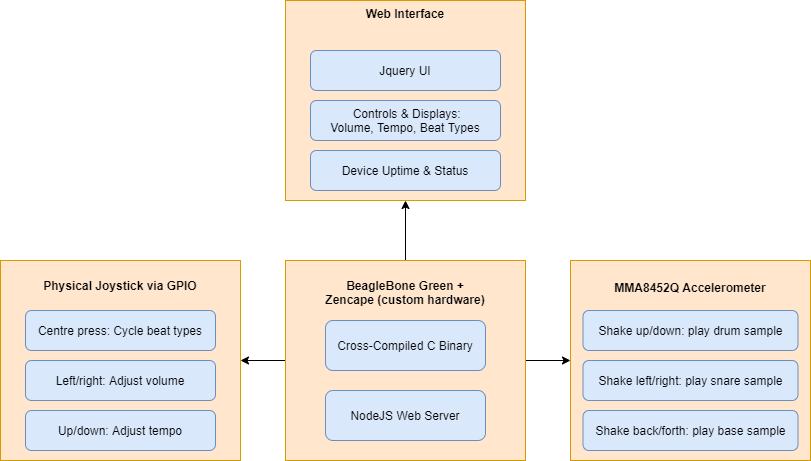About Me
Hello! 👋 I’m Eric Sund - a software engineer in Seattle, WA. 🗺️ I earned a Bachelor of Science in Computer Science and Mathematics at
Simon Fraser University while also completing 5 technical internships. 🎓
I presently work as a software
engineer at Akamai on internal infrastructure called the Kubernetes Product Platform to host Linode's cloud services. Prior to that, I worked on
Linode Managed Databases and Ghost 👻, a web server for the Akamai CDN that handles ~1/4 of the world's Internet
traffic.
I enjoy distributed systems, app development, 💻 low-level embedded systems and operating systems. I also have a knack for
numerical methods 🔢 and scientific computing 🧪. Check out some of my projets below!
Apart from math and programming, I’m into backpacking ⛺, travelling 🎒, videography 📹, and indie rock 🎵!
Shoot me an email if you’d like to meet up!
Technologies I know
C/C++
Java
C#
Python
Golang
Node, Typescript, React
PHP
Linux/UNIX kernel development
Kubernetes, Docker, Ansible, Terraform, Crossplane
AWS (Cloud Practitioner Certified!), GCP, Linode
Ruby on Rails
SQL
Places I've Worked

Akamai - Software Engineer II
Oct 2022 - Current
Akamai - Software Engineer I
Feb 2022 - Oct 2022
Akamai - Software Engineer Intern
Sept 2021 - Dec 2021
Akamai - DevOps Engineer Intern
May 2021 - August 2021
Hootsuite - Production Operations (DevOps) Engineer Intern
January 2019 - April 2019
Beanworks Solutions - Software Developer Intern
May 2018 - August 2018
Thinkific - Full Stack Developer/QA/Support Intern
April 2017 - March 2018
Teradici - QA Developer Intern
May 2016 - August 2016
Courses I've Taken
- Embedded Systems
- Dynamical Systems
- Computer Vision
- Quantum Computing
- Numerical Analysis II
- Numerical Analysis I
- Data Structures & Algorithms
- Networking
- Database Systems
- Operating Systems
- Elementary Number Theory
- Ring and Field Theory
- Applied Group Theory and Permutations
- Ordinary Differential Equations
- Linear Programming
- Computer Architecture
- Data Structures & Programming
- Object Oriented Programming with Java
- Real Analysis I
- Applied Linear Algebra
- Calculus III
- Probability & Statistics
- Computational Linear Algebra (MATLAB)
- Computational Calculus (MAPLE)
- Discrete Mathematics II
- Calculus II
- Calculus I
- Discrete Mathematics I
- C/C++ Computing Laboratory
- Intro to Computer Science II
- Intro to Computer Science I

